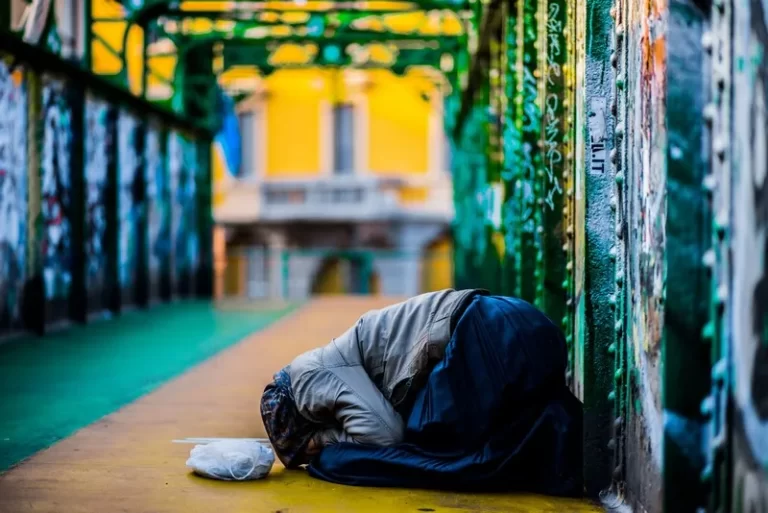Table of Contents
- Definition and Conceptual Framework
- The Role of Social Relationships and Networks
- Institutional and Structural Factors
- Cultural Norms and Social Exclusion
- Social Cohesion and Community Integration
- Policy Implications and Recommendations
- Conclusion
Social exclusion is a multifaceted phenomenon that extends beyond economic deprivation. It encompasses various dimensions, including social, cultural, and political aspects that prevent individuals and groups from participating fully in the society in which they live. The social dimension of social exclusion, in particular, focuses on how social relationships, institutions, and norms contribute to the marginalization of certain groups. Understanding this dimension is crucial for developing comprehensive policies aimed at promoting social inclusion and equity.
Definition and Conceptual Framework
Understanding Social Exclusion
Social exclusion is broadly defined as the process by which individuals or groups are systematically blocked from accessing rights, opportunities, and resources that are normally available to members of society and which are key to social integration. These resources include housing, employment, healthcare, civic engagement, and democratic participation. Social exclusion is both a cause and a consequence of poverty, inequality, and social injustice, creating a vicious cycle that is difficult to break.
The Social Dimension
The social dimension of social exclusion refers to the ways in which social interactions, relationships, and networks contribute to the marginalization of individuals or groups. It involves the breakdown or lack of social cohesion, social capital, and social networks that are essential for societal participation. This dimension emphasizes the role of societal structures, institutions, and cultural norms in perpetuating exclusion.
The Role of Social Relationships and Networks
Social Capital
Social capital refers to the networks, norms, and social trust that facilitate coordination and cooperation for mutual benefit. High levels of social capital are associated with greater community cohesion and resilience. However, individuals and groups that are socially excluded often have limited access to these networks, which exacerbates their exclusion.
For example, marginalized groups may lack connections to influential social networks that can provide information about job opportunities, social services, or other forms of support. This lack of social capital restricts their ability to improve their socio-economic status and perpetuates their exclusion from mainstream society.
Social Networks and Support Systems
Social networks and support systems play a critical role in providing emotional, informational, and practical support. These networks can include family, friends, neighbors, colleagues, and community organizations. However, socially excluded individuals often experience weakened or fragmented social networks, which limits their access to support and resources.
For instance, immigrants or ethnic minorities might face language barriers, cultural differences, and discrimination that hinder their ability to form robust social networks. This isolation can lead to a lack of social support, making it more difficult for them to integrate into the broader community and access essential services.
Institutional and Structural Factors
Get the full article AD FREE. Join now for full access to all premium articles.
View Plans & Subscribe Already a member? Log in.





